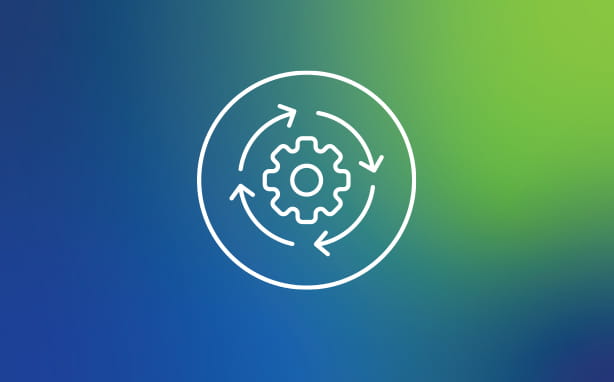Staff at Lucile Packard Children's Hospital Stanford in Palo Alto, California, decided to prototype an organization-specific approach to clinical effectiveness. Members of the Division of Pediatric Cardiology, Cardiac Anesthesia, and the Center for Quality and Clinical Effectiveness partnered to pilot an approach and improve care for patients with Tetralogy of Fallot, a rare heart condition.
The approach includes developing a multidisciplinary team, creating and deploying a clinical pathway, and using analytics to track compliance and outcomes. Clinical pathways can reduce unnecessary variation, improve patient outcomes and efficiency, and reduce waste.
Goals and objectives
- Identify the factors associated with a successful clinical effectiveness program by implementing and testing a prototype clinical pathway.
- Use the lessons learned to deploy a hospital-wide clinical effectiveness program.
Selecting a focus area
The team reviewed the Pediatric Health Information System (PHIS) Resource Utilization report, created using data through collaboration between Children’s Hospital Association and the Pediatric Research in Inpatient Settings (PRIS) network. The report compared Stanford Children’s resource utilization to 37 other PHIS hospitals for the most costly inpatient conditions. PHIS data indicated the cost and length of stay for Tetralogy of Fallot repair at Stanford Children’s was high compared to other hospitals and an internal review confirmed the findings.
Progress
The team developed a clinical pathway based on review of current literature and best practices. The pathway and underlying goal have been shared with physicians, nurses and other practitioners.
The pathway will be supported through the implementation of order sets, electronic medical record decision support tools, bedside checklists, and tracking and reporting tools to support data extraction and analysis.
Timeline
- Selecting a target population.
- Building a team.
- Developing the clinical pathway.
- Socializing and educating.
- Implementing.
- Measuring, tracking, reporting, improving.
- Planned measures.
Key points
PHIS data is integral to selecting targets for initiatives to improve quality and cost-effectiveness. Clinical pathways have the potential to reduce unnecessary variation, improve patient outcomes and efficiency, and reduce waste.
Resource
The PHIS Resource Utilization report helps answer the following questions:
- How are we similar to our peer group for length of stay, case mix index and resource utilization for specific populations?
- If we have a clinical pathway, does the data support our compliance with it?

